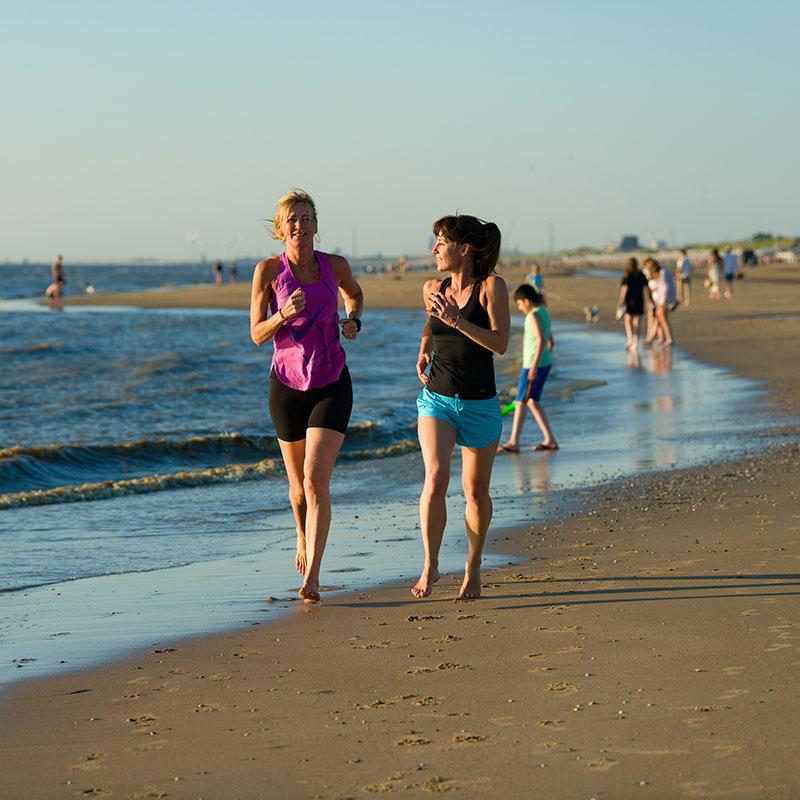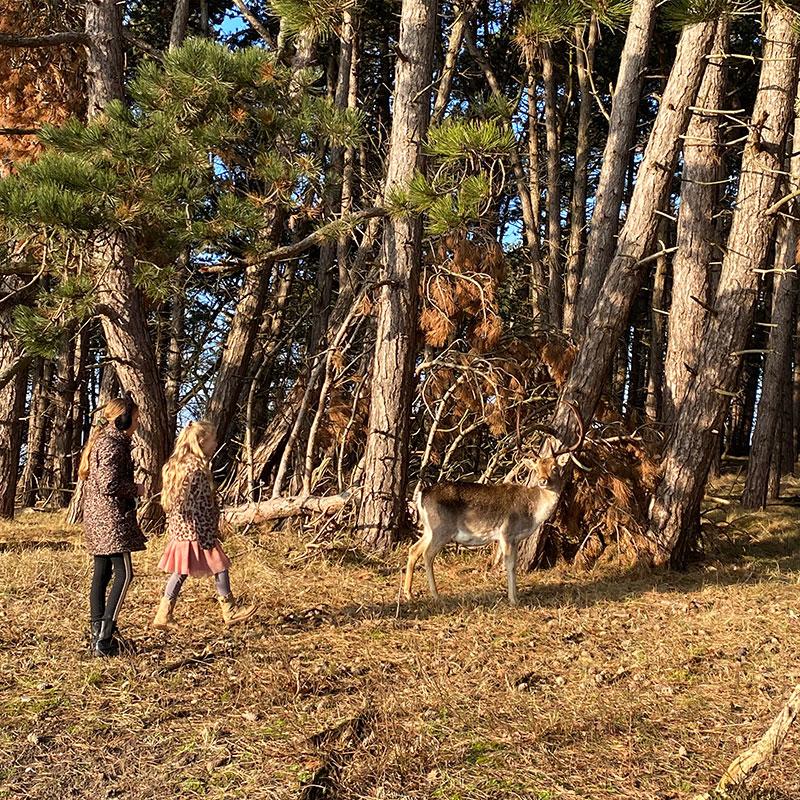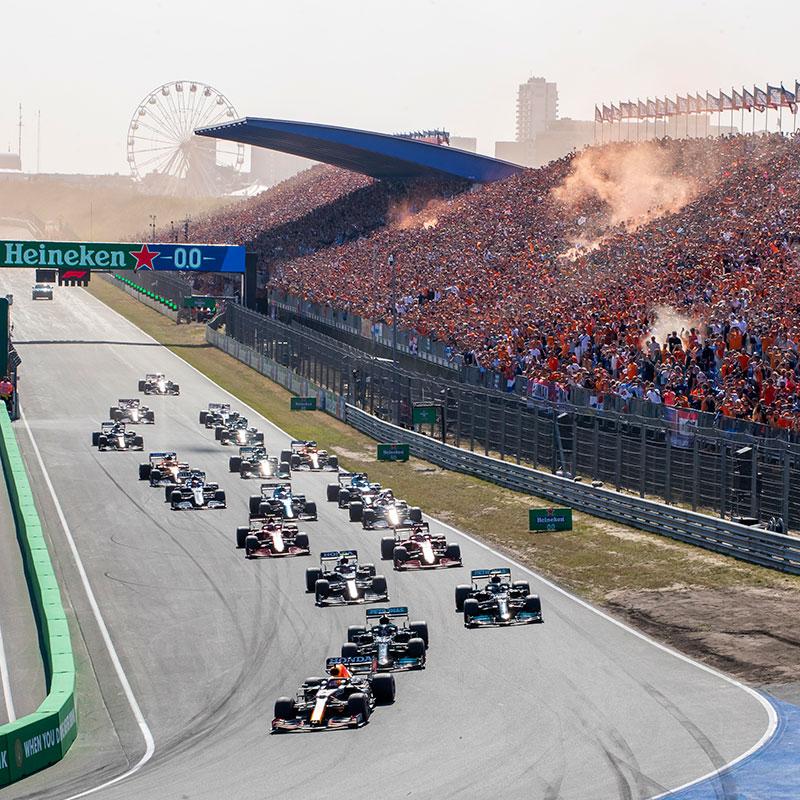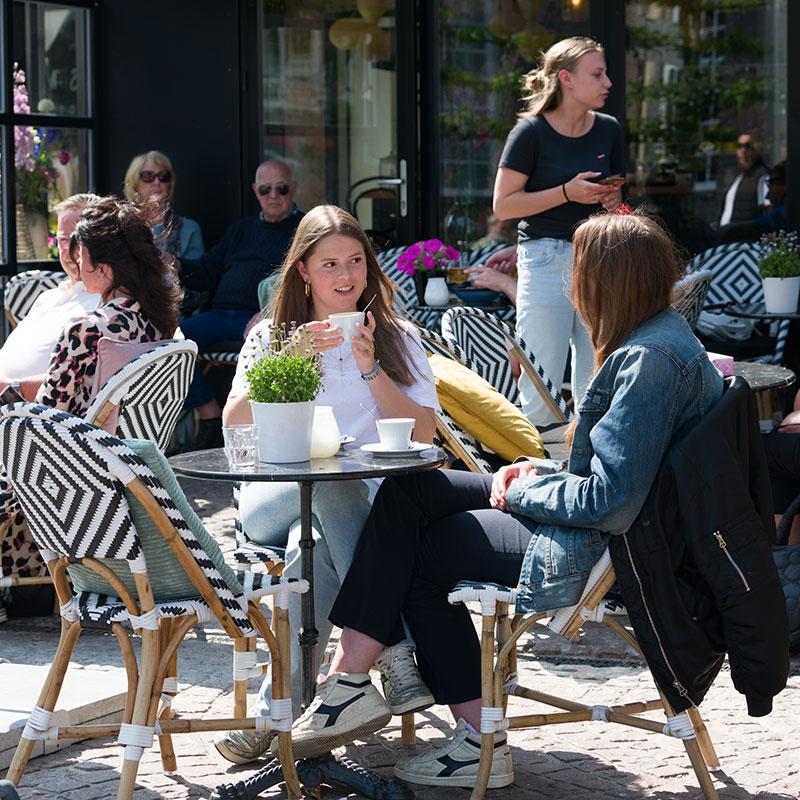Visit the dunes of natural reserve Amsterdamse Waterleidingduinen or National Park Zuid-Kennemerland and meet our five wild heroes during a beautiful walk of wonderful bike ride.
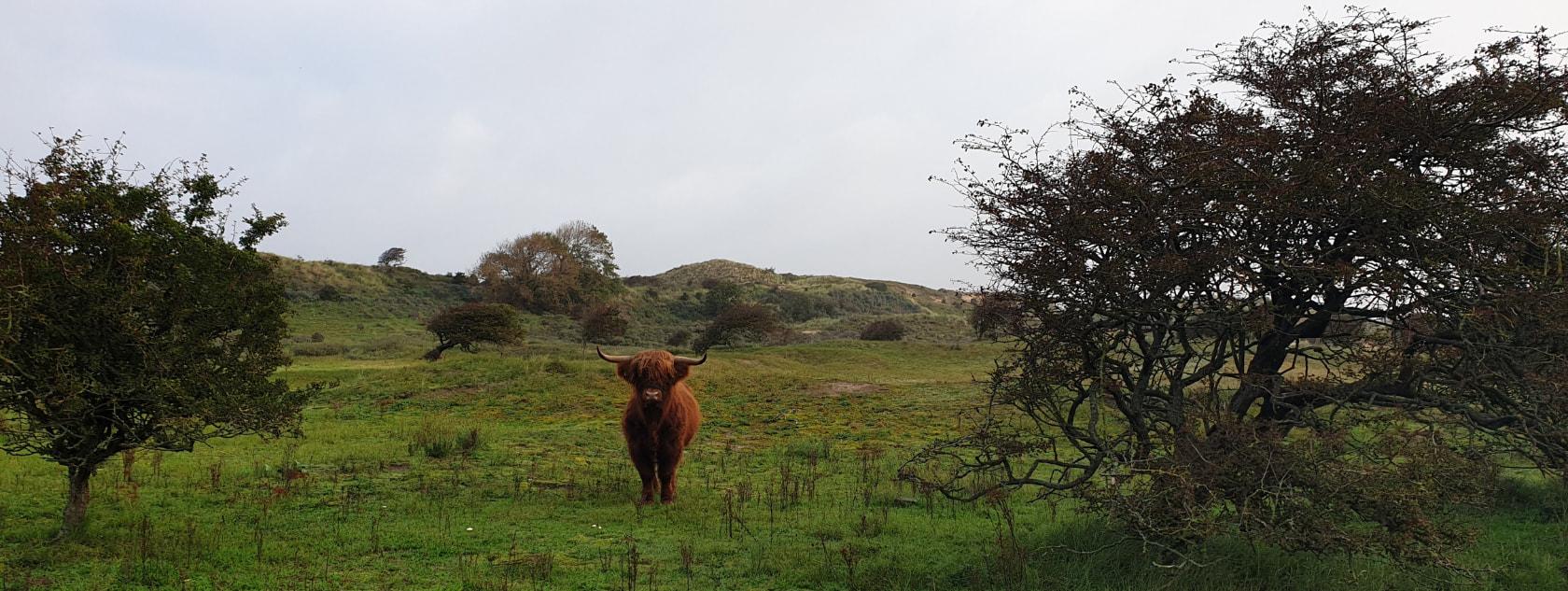
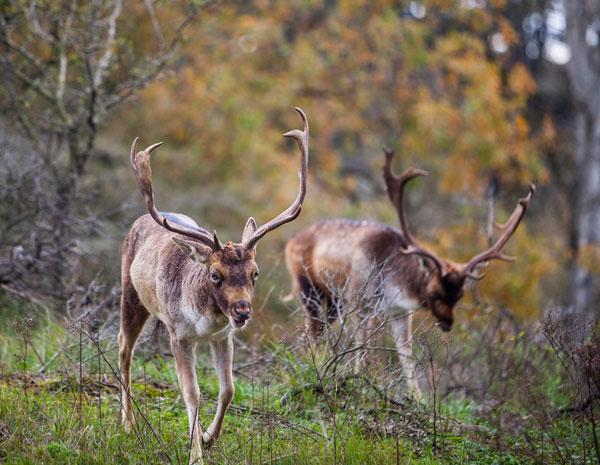
Deer
Zandvoort fallow deer are everywhere! Of course in the Amsterdam Water Supply Dunes, but sometimes also in your garden. In the evening, they will also sometimes walk in small herds on the boulevard for an evening stroll, so watch carefully! Fallow deer can be recognised by their light to dark brown fur with white spots. A tail, white with a black stripe from the back, often swings visibly back and forth. The male is called a deer and the female a doe. Fallow deer like to eat herbaceous plants, shrubs, tree leaves, acorns, chestnuts and mushrooms. In the absence of green leaves, deer feed on the bark of various trees in winter.
Walking among the deer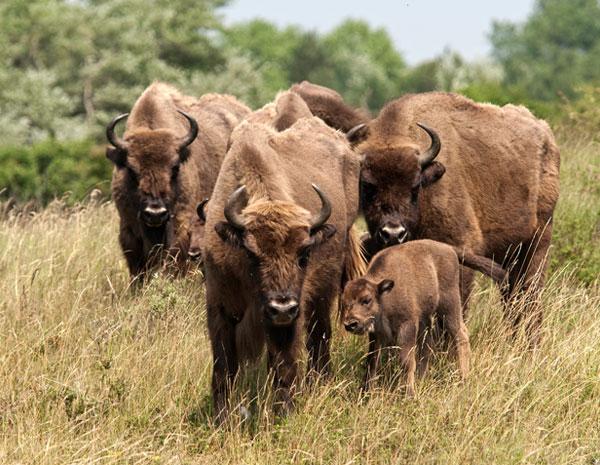
European Bisons
The European Bison is the cousin of the American bison and a distant relative of the domestic cattle. Compared to domestic cattle, they have a much slimmer build, a high back, short, upward-curving horns and a fairly even chestnut brown fur. In the shade of a mature forest they are therefore difficult to spot. European Bisons are well adapted to a life in a wooded area, but besides woods they also need grassland and thicket for food. With their slender build and short, inward-curving horns they can also move easily through bushes and dense young woods. In Zandvoort the European Bison can be admired in National Park Zuid-Kennemerland. The visitors' centre of the National Park regularly organises walks to these primeval cattle.
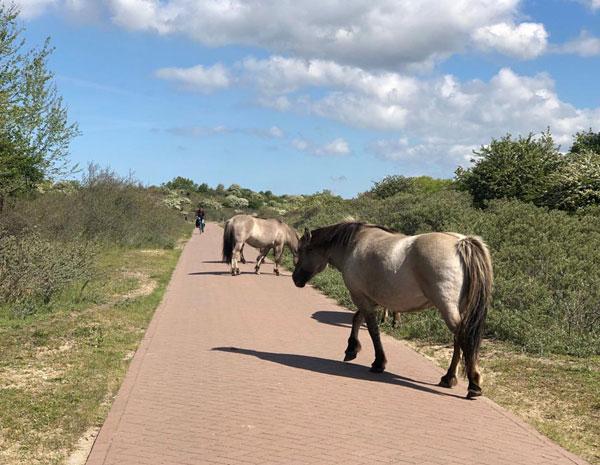
Konik horses
Another prehistoric hero: the Konik horse. This pony sized horse breed is originally from Poland. This breed of horse usually grows to a height of 1.40 metres and an adult weighs 400 kg. The Konik horse is usually grey, but can sometimes also be brown and has a characteristic stripe down its back. You'll find the gray-brown horses in National Park Zuid-Kennemerland. The konik horses graze in this nature reserve to maintain the nature. They are often chosen because they keep the grass a lot shorter than other grazers. Konik horses have teeth in both their upper and lower jaw.
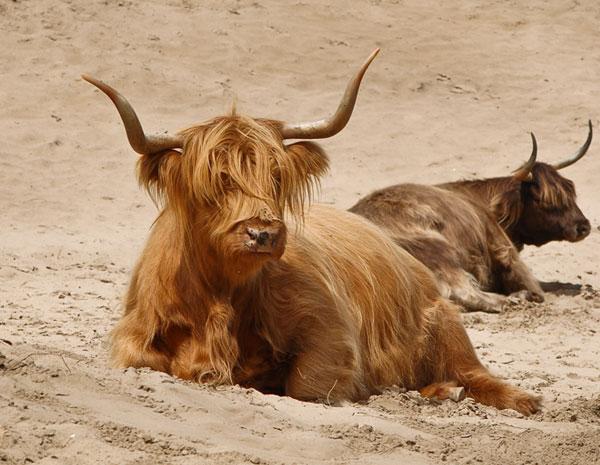
Scottish Highlanders
The third large grazer in the list is the Scottish Highlander. Together with the European Bison and the Konik horse, the Scottish highlander is used as an 'instrument' to manage the vegetation in the Kennemer dunes. A Scottish Highlander stands out because of its long, reddish brown coat and the hair on its forehead which falls in front of its eyes. Other striking features of the cow are its large horns and its somewhat unusual physical proportions: the animal has short legs and a short neck compared to its head and body.
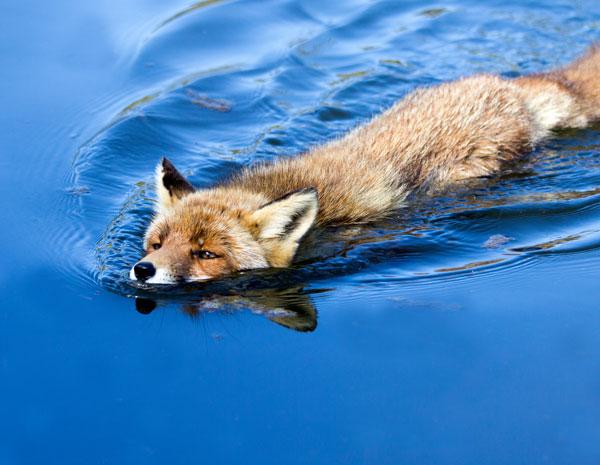
Foxes
With their fuzzy tails and black pointy ears, foxes are wonderful to watch. The fur of the fox is mainly reddish brown; the belly and the tip of the tail are white. A female fox is called a nut, the male is a rack. The greatest chance to see one in the Amsterdams Waterleidingduinen is at sunrise or sunset. They are a little shy, so it's best to stay very still. In the autumn, the foxes start looking for their own territory. Females stay closer to home while males travel several kilometres until they find a suitable territory.














